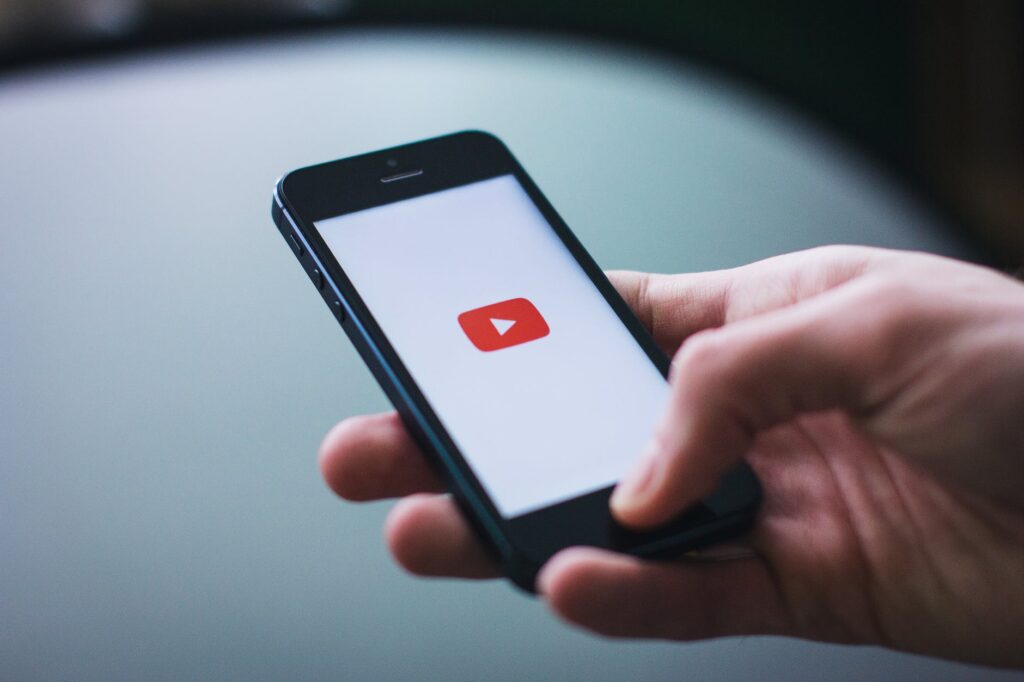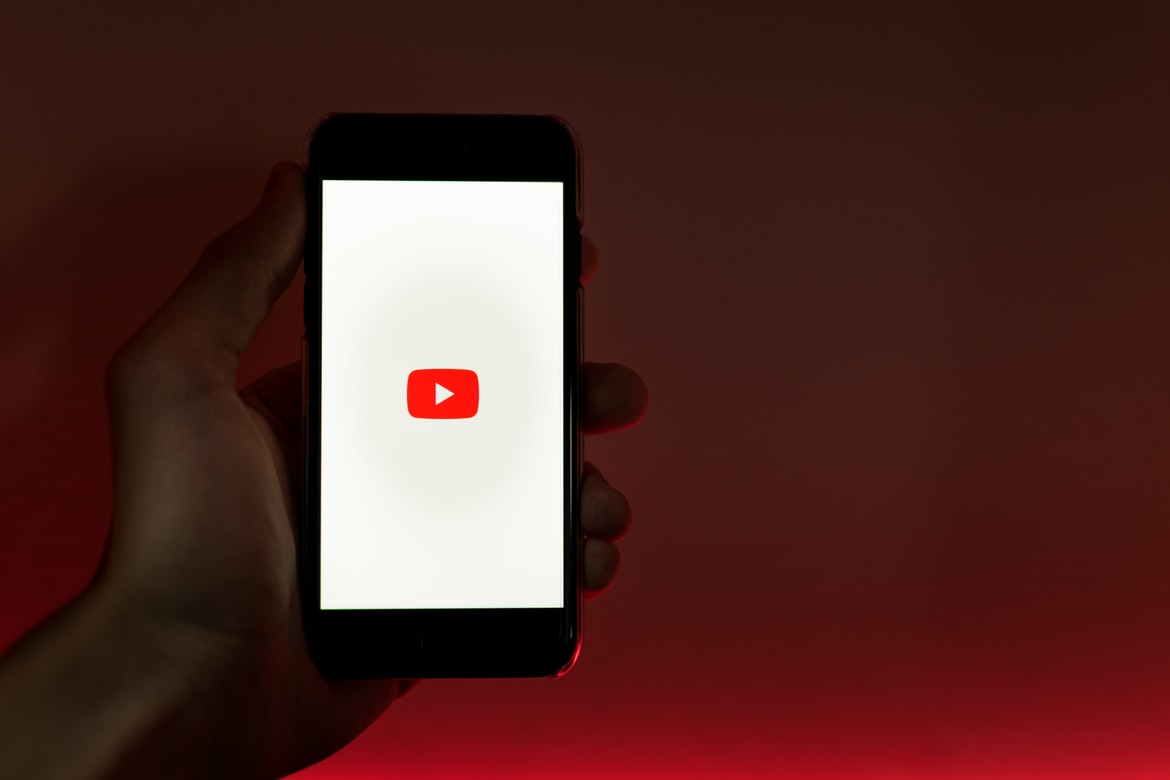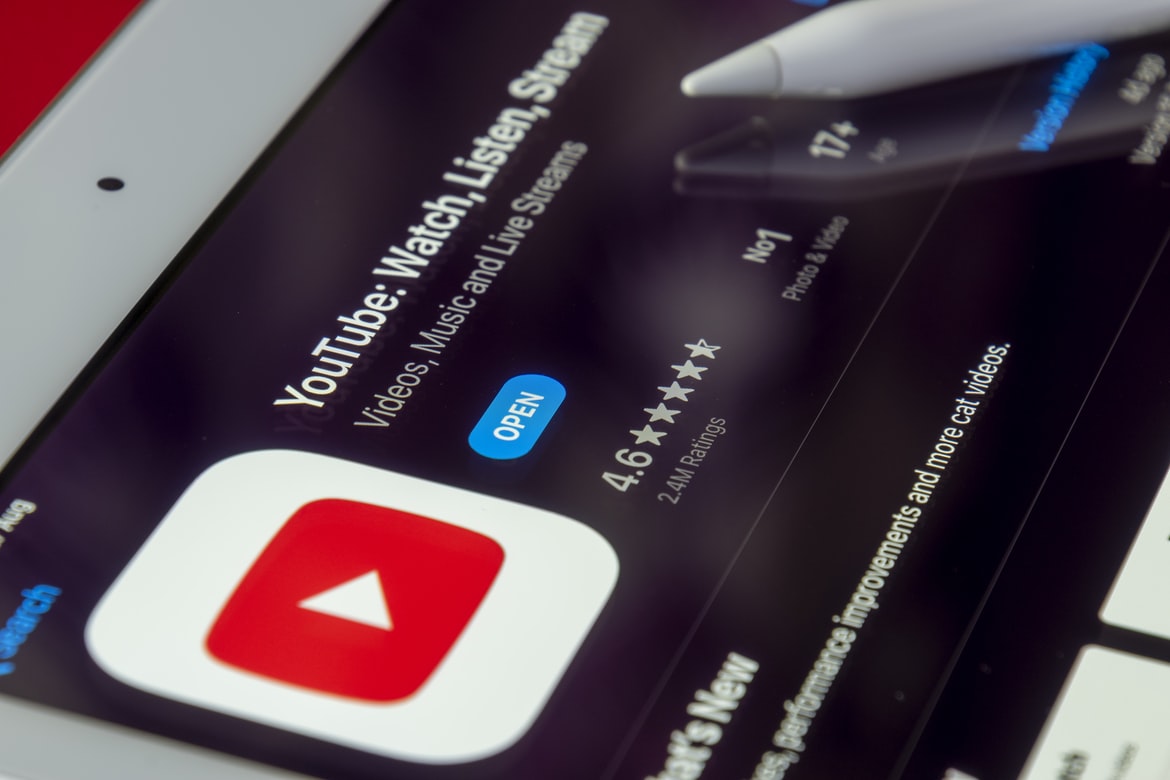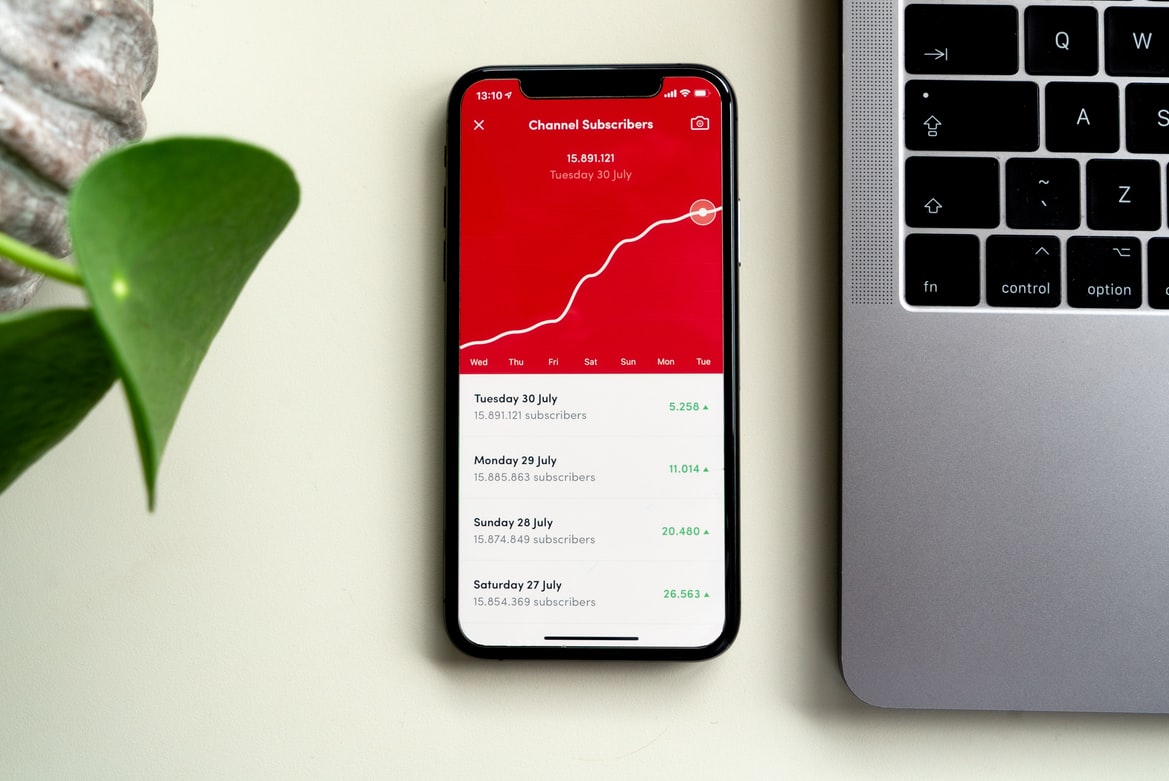YouTube is a powerful marketing tool for any business, but it can be difficult to navigate the platform and come up with an effective strategy. This blog will provide you with some small business tips that will help you get started on your YouTube journey.
The youtube marketing strategy 2024 is a guide that helps small businesses to use YouTube as their main marketing tool.
As my series on how to use social media marketing platforms to promote your small company draws to a conclusion (see out previous parts on Facebook, Twitter, Instagram, Pinterest, and LinkedIn), we’ve arrived at what may be the most specialized site in terms of content: YouTube.
Simply said, if you want to utilize YouTube to promote your small company, you’ll have to make videos. While this may seem self-evident, it’s worth noting that, while social media platforms like Facebook allow you to create, post, and share a wide range of content (videos, images, long-form text posts, short updates, and so on), creating content on YouTube requires you to focus solely on video production, emphasizing the role of a dedicated video maker to create engaging and visually compelling content for the platform.
This remark isn’t intended to discourage you; rather, it’s designed to emphasize the importance of having a strong desire to create video content before diving into YouTube. If you aren’t interested in producing videos, don’t create a YouTube channel simply to take advantage of all available kinds of social media promotion. Making videos takes time and requires some skill, so be sure this is a platform you have time for and are interested in.
Let’s get started now that it’s out of the way.
1. Create a YouTube channel

Setting up a YouTube channel is simple; in fact, if you have a Google account, you already have a YouTube channel, even if you aren’t aware of it.
That being said, here’s a YouTube tutorial that walks you through the fundamental processes of creating a YouTube account.
A word of caution: Even if your YouTube channel is already linked to your Gmail account, it’s a good idea to create a separate account for your company to keep your personal and professional Google and YouTube activities separate.
You’ll now need to give your new YouTube channel a name. It’s ideal to choose one that’s as near to your company name as feasible (or best shows the kind of material you’ll be producing) as it is for all of your other social accounts.
Do you want to alter the name of your channel? You’re in luck these days: Prior to 2015, you were stuck with your channel name for life, but now you can change it whenever you choose. Spend some time choosing a solid channel name that reflects your company and brand, since the more consistency and brand reputation you can create around a name, the better (and it’s confusing to consumers and followers if your branding is always changing!).
2. Create a trailer by adding a banner

It’s critical to make your YouTube website aesthetically attractive before you start concentrating on bringing out video material on a regular basis.
A YouTube banner may be made in a variety of ways. This might be a nice little job to turn to a graphic designer for if you work with one. If you want to do your own branding, I usually use Canva, which offers a particular template for your YouTube banner (use the one called YouTube Channel Art).
On YouTube, a trailer is the first autoplay video that viewers watch when they visit your channel. It’s their first taste of your brand and the content you’ll have on your YouTube channel.
Visitors will most likely find their way to your channel via one of two routes: either a link from one of your other social media accounts, your blog, or your website, or by naturally stumbling across one of your videos (via search, related videos, links from other sites, and so on). When designing your trailer, keep these two entrance routes in mind.
Check out YouTube’s instructions to making a channel trailer, as well as Fullscreen Media’s What Makes a Good YouTube Channel Trailer? for a good, concise summary of the required components.
3. Make films that represent your company’s image

Is your company’s image serious and formal? Videos in the manner of a prank or a joke are generally not a good match. On the other hand, if your brand tone is light and conversational, avoid creating video material that seems stuffy or too professional.
While this may seem self-evident, it’s a good idea to review your brand’s tone of voice before moving forward. Your films should be a natural extension of the tone of voice you’ve already developed for your company. Otherwise, you may end up with a subscriber base that has nothing to do with your real product or service (and will never use it! ), and your current consumers might be turned off or misled.
In a nutshell, spend some time ensuring that the material you intend to create is consistent with the brand image and tone of voice you want to project.
4. Concentrate on educational videos, how-to videos, video series, or vlog material

Showcase videos of your product or service in action if you have one. Similarly, if you provide a service, demonstrate how it helps consumers. Informational films may be a fantastic way to show off your product or service in action, giving consumers a feel of what they can expect if they purchase from you.
YouTube videos may also be a fantastic way to give your followers something “extra” at no cost. Don’t limit yourself to teaching consumers how to utilize your product; what else can you teach them?
Consider filming short videos with instructions on how consumers may DIY certain aspects of their lawn care if you operate a lawn care and landscaping company, for example. This helps to establish trust and establishes you as a reliable source of knowledge that isn’t limited to the product or service you offer.
Similarly, producing vlog-style videos may help your business establish a more personal connection with its audience while also allowing you to produce content that focuses on a lifestyle. This may help your brand seem more genuine, as well as create trust and brand loyalty.
5. Client testimonials or other consumer feedback should be prominently displayed

Consider your happy clients and consumers when thinking what kind of material you may include on your new YouTube channel. What can they say about your company that would be useful to include in your video content?
This could take the form of testimonials, interviews with specific clients who have achieved success as a result of working with your company, a series that examines how different customers use your product or service—the list goes on and on, and will, of course, vary depending on the type of business you run.
Avoid the excessively “salesy” approach, as with any content marketing. The aim is to show subscribers the diverse experiences of real individuals who use your product or service; authenticity is crucial.
6. Pay attention to the keywords in the title

Search will account for a large portion of your organic traffic. That is to say, if someone searches for “braided updo instruction” and your YouTube video title contains those keywords, there is a better probability that searchers will discover your video.
YouTube titles follow the same principles as titles everywhere on the internet, so familiarizing yourself with basic SEO before you start making videos is a smart idea. I usually refer folks to the Moz Beginners Guide to SEO, which is exactly what it says it is and is a fantastic place to start.
7. Subscribe to and engage with related channels

Leaving meaningful comments on other YouTubers’ videos is one of the greatest methods to get your YouTube channel in front of a possible new audience (ideally, on a YouTube channel that produces content similar to your own). Hopefully, other viewers will upvote your remark, boosting its exposure and, as a result, the number of possible clicks back to your own channel.
The key to being successful here is to remark as soon as possible and to have something unique, substantial, or amusing to contribute to the discussion. So it’s not simply a matter of saying “Great video!” and waiting for the likes to come in—there’s strategy involved.
Let’s suppose you’re the owner of hair business. Subscribing to many comparable YouTube channels focused on hair, cosmetics, and other areas of the beauty business may be part of your plan. When one of your favorites releases a new video, leave a comment telling them how much you enjoyed it, what you liked about it, and why you like it.
Adding a unique addition to the “conversation” in the comments area establishes you as a potentially useful channel for visitors to check out. (You may also include your channel in your remark, but be careful not to be too self-promotional.)
8. Make eye contact with your audience

Make sure you’re responding when you start receiving interaction on your own videos. Respond thoughtfully to your YouTube comments, making it obvious that you are customizing your answer to each commentator. Make sure your answers don’t come off as manufactured or dishonest.
Now, it’s possible that your YouTube channel may grow to the point that you won’t be able to reply to each and every remark. However, even if that happens, it will be a long time before it happens. Responding to every remark right away shows viewers that you care about their thoughts and comments, and it encourages them to connect with your business.
9. Make a call to action and keep track of your progress

What are your objectives for making YouTube videos?
Is it to raise brand recognition, establish a more extensive social media presence, or entice visitors to return to your website? You may set a variety of objectives, and you should be clear about what they are from the start. Including a call to action in your YouTube videos is a fantastic method to encourage viewers to take the actions you want them to do in order to achieve your objective.
If your objective is merely to increase your subscriber count, for example, being sure to encourage viewers to like and subscribe at the conclusion of each video is essential. If you want to get people to go back to your site, make it easy for them to do so by encouraging them to do so, including the URL in your video and in the description box below, and so on.
As with any objectives, keep track of your progress in the short and long term to ensure you’re hitting your targets. YouTube has excellent internal statistics (they are owned by Google, after all), and you can learn more about evaluating the performance of your YouTube video in this post.
Do you have any other YouTube marketing questions you’d want me to address? Send me a short YouTube video that includes your questions.
Okay, I’m joking, but you may contact me on Twitter or follow Bplans on Twitter or Facebook.
YouTube Marketing is an essential tool for any small business. This article provides a guide on how to use YouTube marketing in your company.






